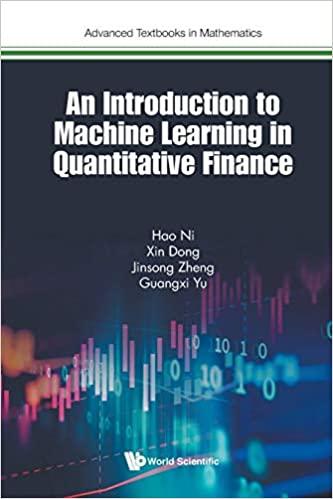$50,000 line of credit. Marley and Adrian signed a line of credit promissory note that provided in part: "As long as Borrower is not in default, Bank will lend to Borrow and Borrower may repay Bank the 'Line of Credit' promissory note dated January 1,2023, according to the terms in the Line of Credit promissory note up to an aggregate maximum amount of $50,000 outstanding at any one time." The agreement allowed both parties to withdraw funds from the line of credit. Marley borrowed $25,000 against the line of credit. Two months later, Adrian went to Pinnacle Bank and Finformed the loan officer that Marley and Adrian separated, and Adrian filed for divorce, cattle. Two months later. Bella went to Grand Island's office and told the loan officer she and Bart separated and were getting divorced. Adrian told the loan officer not to advance any more money to Marley under the line of credit. About two weeks later, Marley withdrew another $25,000 against the line of credit. When the Hajek's failed to pay the balance on the line of credit, Pinnacle bank sued for breach of contract. Topic Questions Based on what you leamed from this week's assigned materials, incorporate the business law that applies, including correct us of legal terms, to answer the following: - Is Adrian a co-maker of the line of credit promissory note? - Is Adrian primarily liable for the outstanding principal balance? What about the interest? - What legal argument does Adrian have to deny liability on the first $25,000 withdrawal from the line of credit? The second withdrawal? - Assume you are a co-maker on a line of credit promissory note. What should you do to protect yourself from primary liability? Here, we will review the remedies the holder of a negotiable instrument can use if payment is not made on the negotiable instrument. It is important to understand the liability of signors and nonsignors of the instrument. Some parties may be primarily liable while others are secondarily liable. Other parties, e.g. accommodation parties, can also be liable. As we discussed briefly in the previous chapter, the holder in due course (HDC) takes an instrument free of most defenses that can be asserted against other parties. But, universal defense can be raised against payment to the HDC. Article 3 of the Uniform Commercial Code has rules that specify when and how parties are discharged from liability. This unit discusses the liabilities, defenses, and discharge of liability on a negotiable instrument. Liabilities No person is contractually liable on a negotiable instrument unless s/ he signs the instrument. This is signature or contract liability. Signature liability applies to order paper only. This is because bearer paper does not require an indorsement. Individuals who sign negotiable instruments do so in may ways. A signer can be the maker of the note, the drawer of drafts or checks, the drawees who certify or accept checks, indorsers who indorse instruments, agents who sign on behalf of others, and accommodation parties. The location of the signature often determines the capacity of the signer. On a check, the drawer's signature appears in the lower right-hand corner of the check. In a promissory note, the maker's signature appears in the lower-right corner of the note. Generally, indorsements appear on the back of an instrument. Every party, except for a qualified indorser and agents who properly sign an instrument, are primarily or secondarily liable on the instrument. What's in a Signature The signature can be a name, word, or mark used in place of a signature. According to the UCC, a signature is any symbol that is handwritten, typed, printed, stamped or made in almost any matter, and it is executed or adopted by party to authenticate a writing. Business trade names and assumed names can be used as signatures on negotiable instruments. If the instruments has an unauthorized signature, the signature is ineffective against everyone but a HDC








